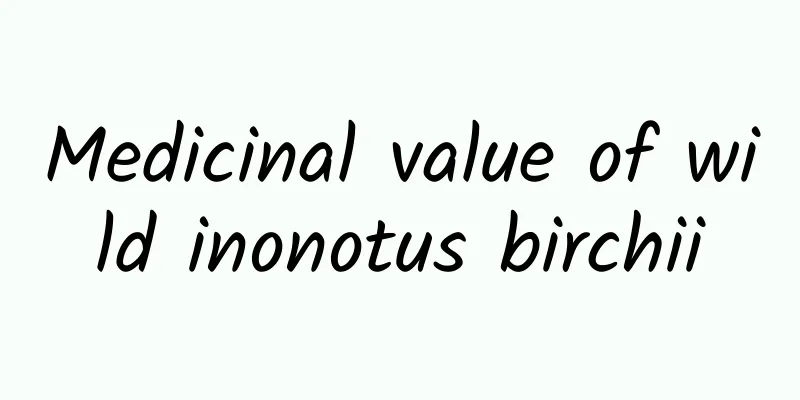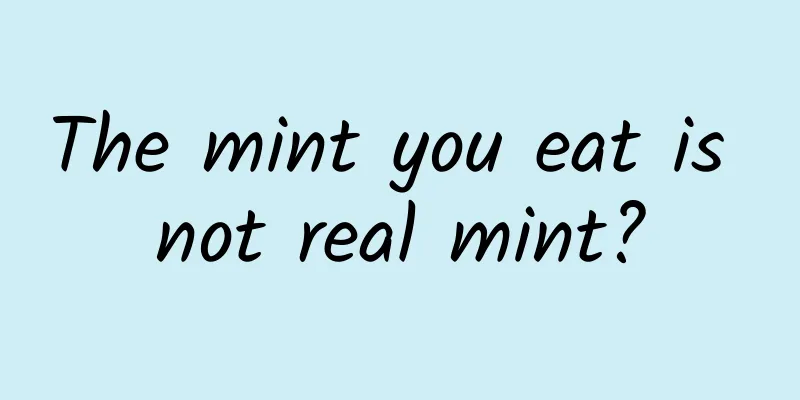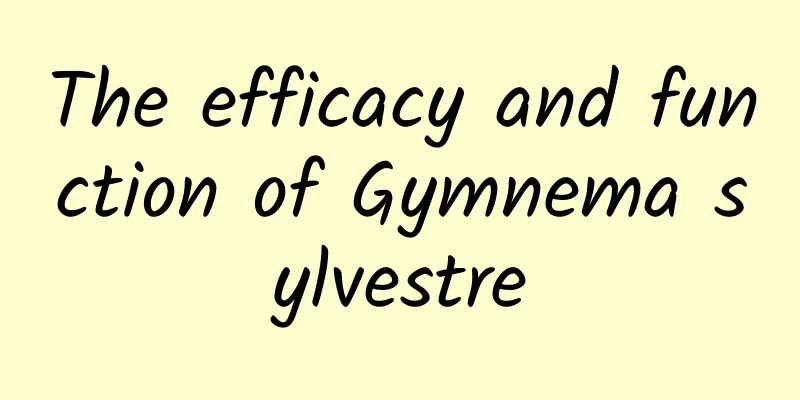Medicinal value of wild inonotus birchii

|
Speaking of wild birch inonotus, many friends don’t know about this plant. In fact, this is understandable. After all, wild birch inonotus is not very common in my country. However, because of its high medicinal value, it has received widespread attention nowadays. However, because we don’t know much about wild birch inonotus, we are not particularly clear about its medicinal value. So you can learn about it here. Wild Inonotus obliquus is used to treat various difficult and complicated diseases, such as gastric cancer, liver cancer, and intestinal cancer. Diseases of various digestive organs, heart disease, diabetes. The extract is 93% effective in treating diabetes and has the effects of detoxifying the intestines, beautifying the skin, and reducing weight! The chemical components of Inonotus obliquus include polysaccharides, inonotus betulin, inonotus alcohol, various oxidized triterpenoids, tracheolic acid, various lanosterol-type triterpenoids, folic acid derivatives, aromatic vanillic acid, syringic acid and γ-hydroxybenzoic acid. There are also reports that tannin compounds, steroids, bioalkaloids, melanins, low molecular weight polyphenols and lignin compounds have been isolated. Inonotus obliquus contains a large amount of plant fiber polysaccharides that have anti-cancer, blood sugar-lowering and immune-stimulating effects. It can enhance the vitality of immune cells, inhibit the spread and recurrence of cancer cells, prevent the absorption of harmful substances such as carcinogens in the gastrointestinal tract, and promote excretion. It is said that the refined fungus powder of Inonotus obliquus has a cure rate of 93% for diabetes. Pharmacological Action It is a commonly used folk medicine in the former Soviet republics, Poland, Japan and other countries. Now a glycoprotein (FIS-1) and a water-soluble polysaccharide (F1) have been extracted from the sclerotia and hyphae, and it was found that both have obvious hypoglycemic effects. Especially the water-soluble polysaccharide (F1), a single administration of 50 mg/kg body weight, after 3 hours, the blood sugar level of hyperglycemic mice dropped by nearly half, and it can be maintained for 48 hours; related literature states: the efficacy of the birch inonotus powder produced by the Kansomoleski Pharmaceutical Company in Russia for diabetes is as high as 93%, and it is widely used in the scientific research and clinical treatment of type 2 diabetes. This is the end of the introduction to the medicinal value of wild birch inonotus. I hope you all can pay attention to this. Although wild birch inonotus has a wide range of medicinal value, it is not recommended for you to use it indiscriminately, especially for a long time. After all, it is also a kind of medicinal material. If it is used indiscriminately for a long time, there may even be some side effects. |
<<: The efficacy of Chinese herbal medicine Codonopsis pilosula
>>: What are the effects and functions of Dangshen Shengmai Drink?
Recommend
If the taste of Sichuan pepper is so strange, why was the highest level of favor in ancient times called "the favor of the pepper room"?
People often say that only love and food are not ...
The coldest winter is coming? Are you freezing cold? Is La Nina to blame?
This article was first published by Hunzhi (WeCha...
Cui Yong: Why is China's "Nanhai I" called an unprecedented model of underwater archaeology?
The excavation of "Nanhai I" was more d...
The cold wave is coming! Have the long johns you bought arrived?
This article was first published by Hunzhi (WeCha...
Sound really can travel through a vacuum! It's time to rewrite your physics textbook
If a friend tells you that sound can propagate in...
Going out to pick wild vegetables? Don't pick this, it's highly poisonous!
In the season of rebirth, I heard that everyone w...
What are the effects of Lingzhi Huangqi Decoction?
Lingzhi is one of the most common medicines, and ...
What are the benefits of drinking water with Astragalus and Pueraria
Astragalus and Pueraria are two very common Chine...
Should I take Chinese medicine for stomach problems before or after meals?
Nowadays, people are under great pressure and hav...
Many people know about the "West-East Gas Transmission Project", but this time it is the "West-East Hydrogen Transmission Project"
Jiang Yue On July 3, the survey and design of the...
As the weather gets warmer, why do small flying insects "prefer" people wearing brightly colored clothes?
□ Science Times reporter Hu Lijuan As the weather...
Where to use moxibustion to remove moisture
In traditional Chinese medicine, people suffering...
The efficacy and function of Acanthopanax senticosus leaves
I don’t know if you have heard of Acanthopanax te...
How do blind football players play in the dark?
References [1] Tao Rancheng, He Zhilin, Zou Yong....









